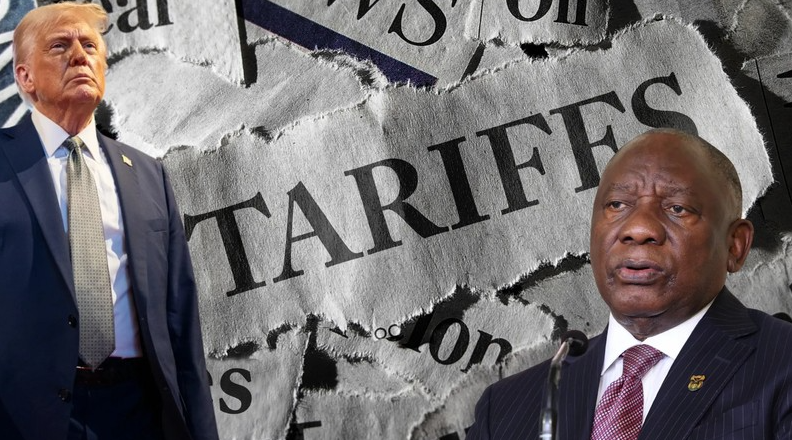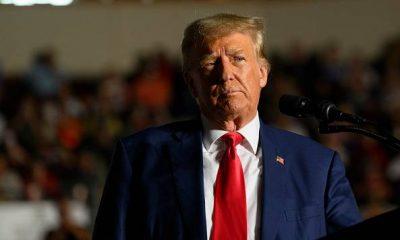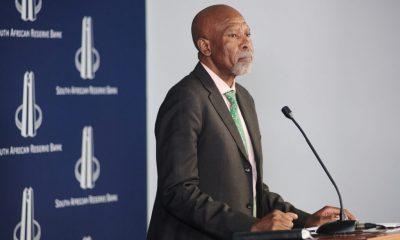Business
US Tariffs and AGOA Exit Threat: South Africa Faces Major Economic Blow

South Africa is facing one of its biggest economic challenges yet as the United States slaps a 30% tariff on exports, raising fears of inflation and slower growth. To make matters worse, South Africa’s exit from the African Growth and Opportunity Act (AGOA) now seems inevitable.
Economists warn that these developments could significantly lower GDP growth, weaken the rand, and delay interest rate cuts, adding to the country’s economic woes.
US Tariffs Hit South African Exports Hard
US President Donald Trump’s latest trade war escalation has put South Africa in the crosshairs, with the country slapped with a 30% “reciprocal” tariff on many of its exports.
While gold, coal, and platinum are exempt, key industries—particularly agriculture and automotive manufacturing—are set to suffer.
According to Investec chief economist Annabel Bishop, the tariffs, along with internal political instability, could wipe out 500 basis points of GDP growth in 2025, with revised forecasts dropping from 1.8% to 1.3%.
Bishop also noted that the move has spooked global markets, causing volatility and uncertainty, which will likely impact interest rate expectations worldwide.
Will South Africa Be Kicked Out of AGOA?
Adding to the economic strain is the growing likelihood that South Africa will be removed from AGOA.
The trade agreement currently gives South African exporters preferential access to the US market, but its renewal in September 2025 is in doubt.
Even before Trump’s return to office, South Africa’s inclusion in AGOA was already under review, with some analysts now predicting that an executive order could remove South Africa from the program even earlier.
Losing AGOA benefits would hit South Africa’s exports hard, especially the automotive and agricultural sectors, which rely on duty-free access to the US market.
How This Affects Inflation, Interest Rates, and the Rand
According to RMB currency strategist Manqoba Madinane, the tariffs and trade uncertainty have weakened the rand, but this may not immediately impact the South African Reserve Bank’s (SARB) monetary policy.
However, the biggest concern is inflation. If the tariffs drive up import costs and inflation rises, the SARB may delay or even reconsider interest rate cuts, which would put more pressure on businesses and consumers.
“The SARB’s global and currency risk concerns have now materialized, and the hurdle for cutting interest rates is now much higher,” Madinane said.
Government’s Response and Next Steps
South Africa’s government has acknowledged the impact of the tariffs, with the presidency calling them “punitive” and stressing the need to repair diplomatic relations with the US.
Minister of Trade, Industry, and Competition Parks Tau criticized the US’s tariff calculation, stating that South Africa’s own tariffs average only 7.6%, far below the US-imposed rate of 30%.
Despite the setback, Tau emphasized that South Africa remains committed to engaging with the US on future trade relations.
Final Thoughts
The latest tariff increase, coupled with the looming AGOA exit, presents a serious challenge for South Africa’s economy. With GDP forecasts slashed, inflation concerns rising, and the SARB under pressure, businesses and consumers will need to prepare for a turbulent economic period ahead.
Will South Africa be able to renegotiate its trade terms with the US, or is this just the beginning of a deeper economic crisis?
{Source BusinessTech}
Follow Joburg ETC on Facebook, Twitter , TikTok and Instagram
For more News in Johannesburg, visit joburgetc.com



























